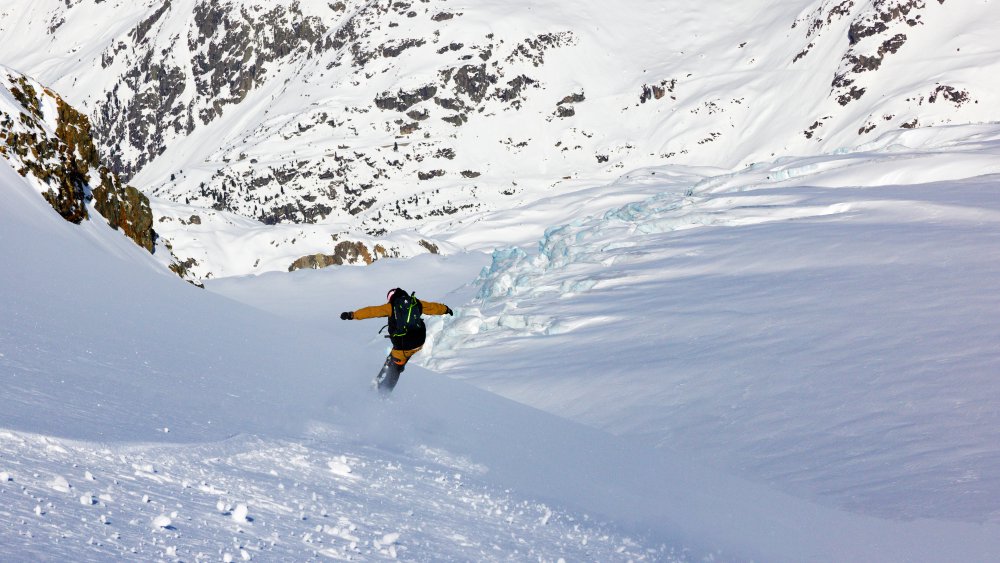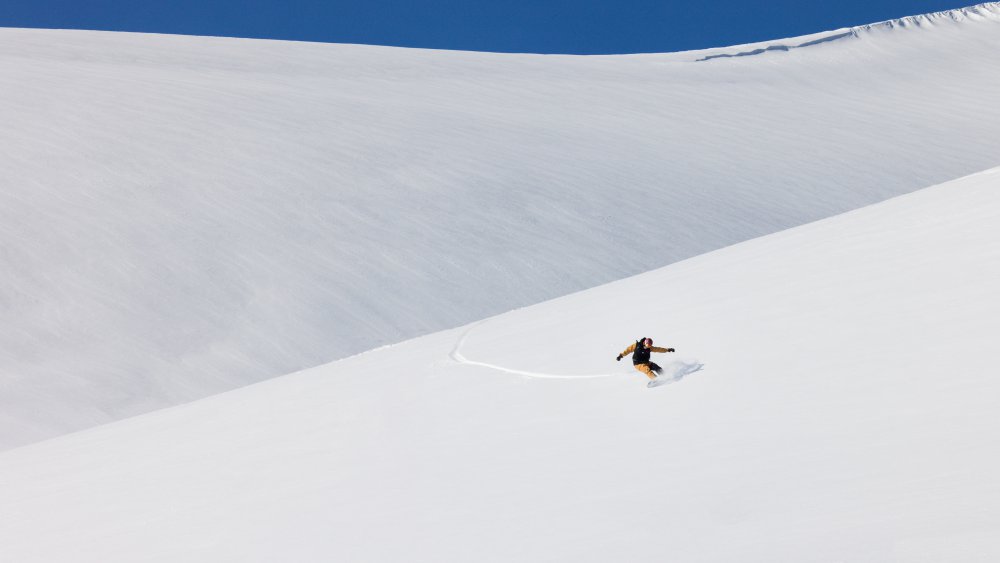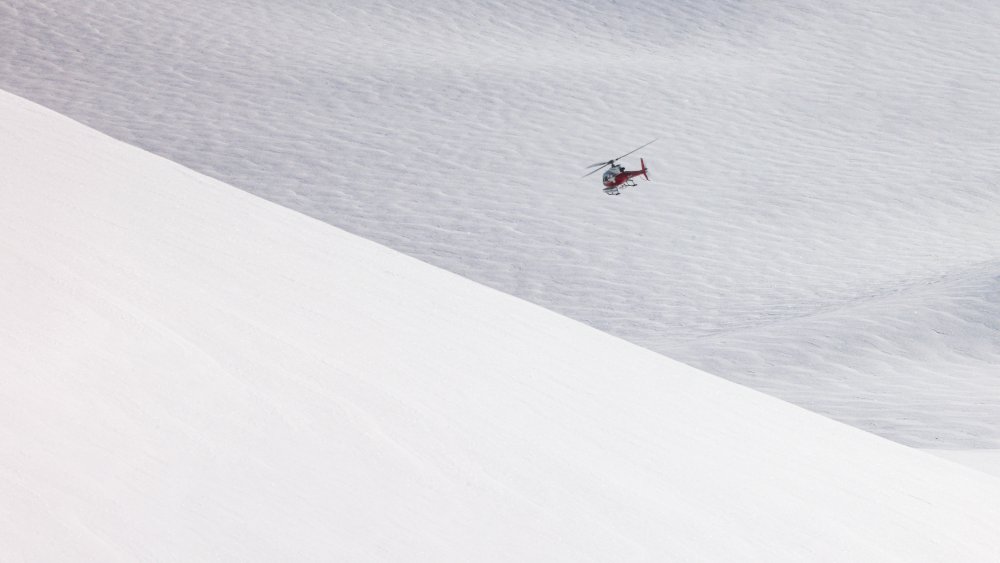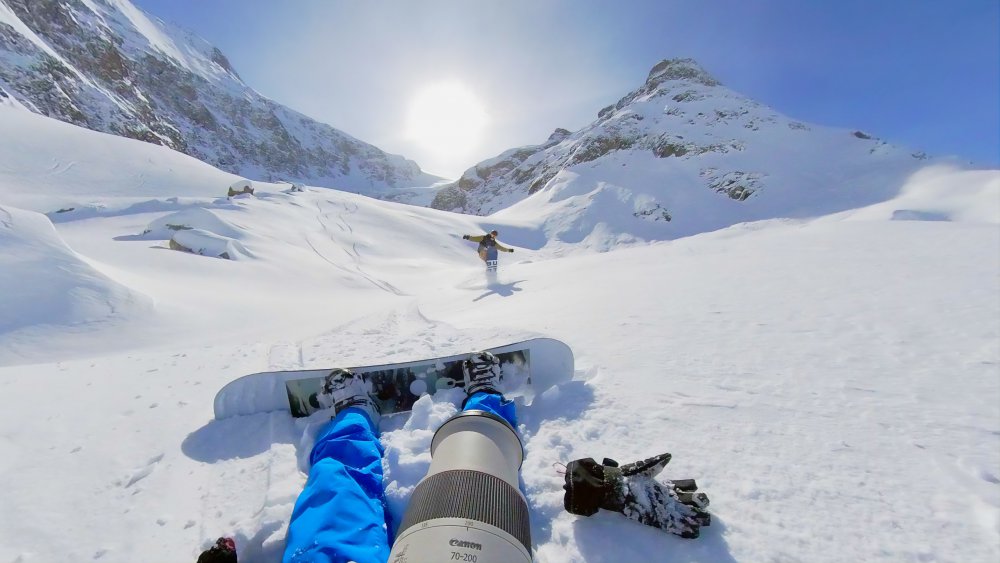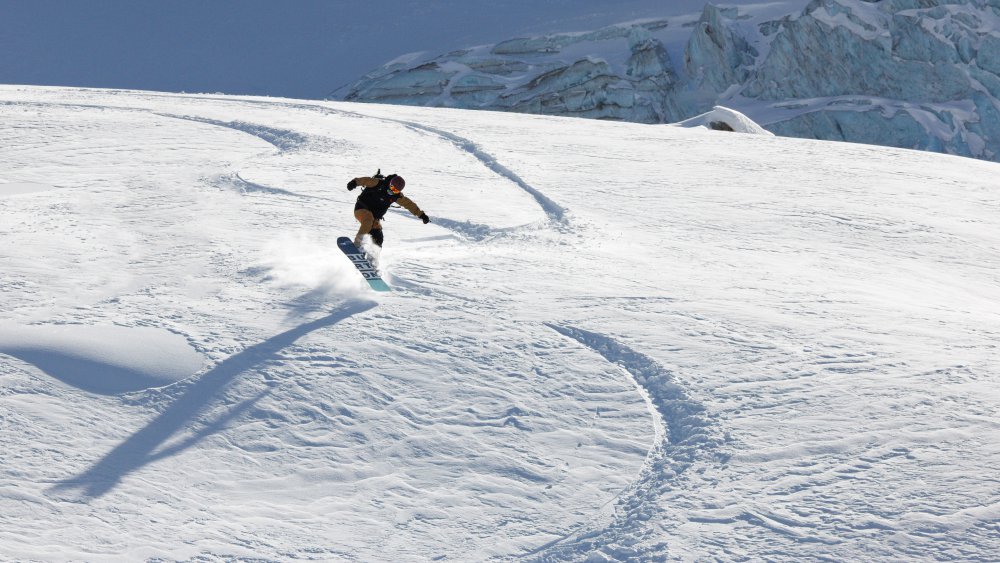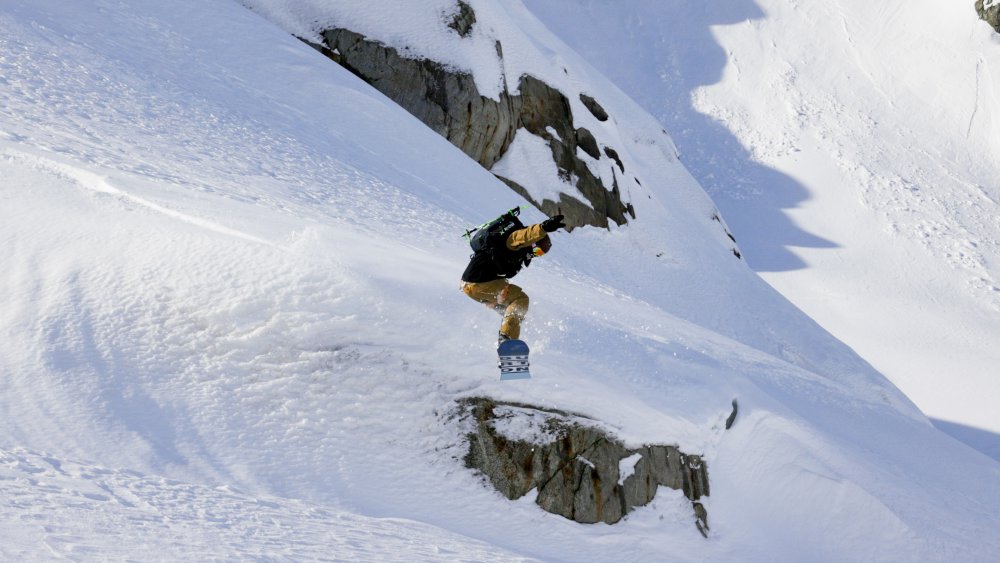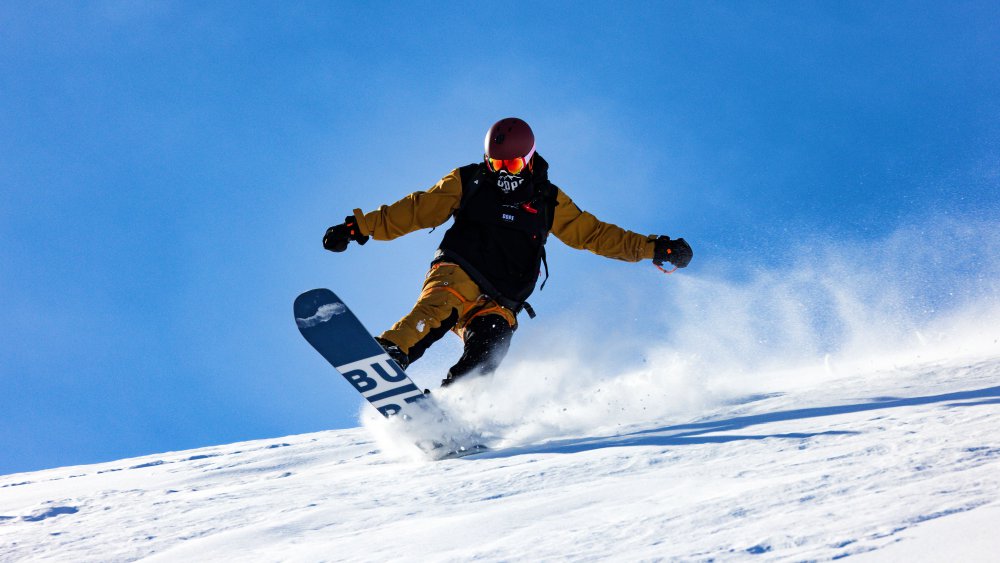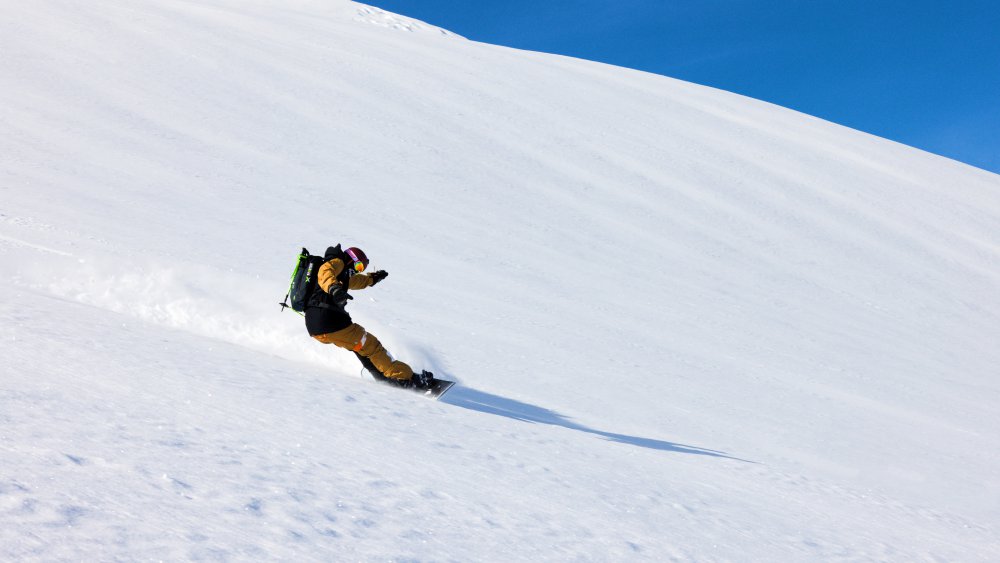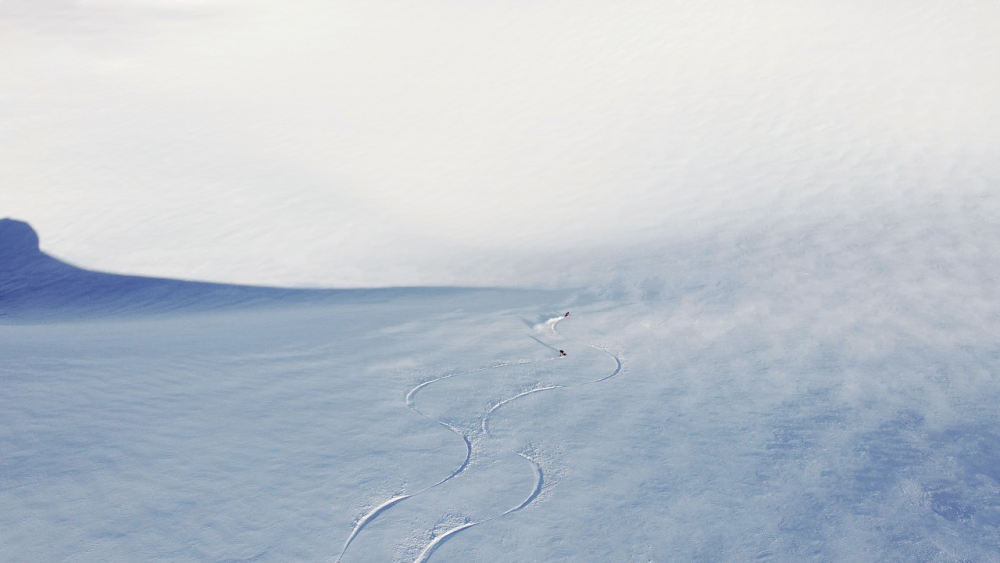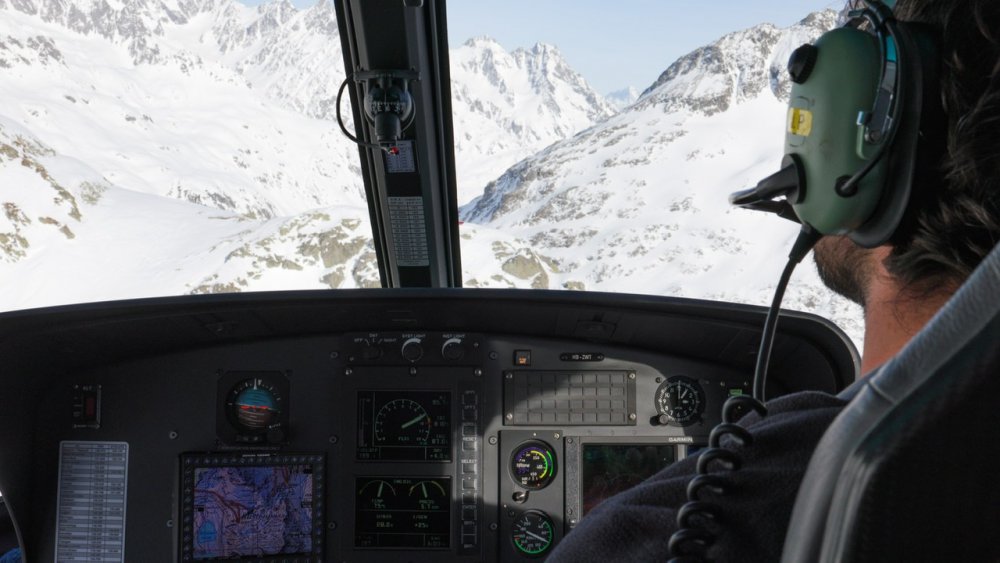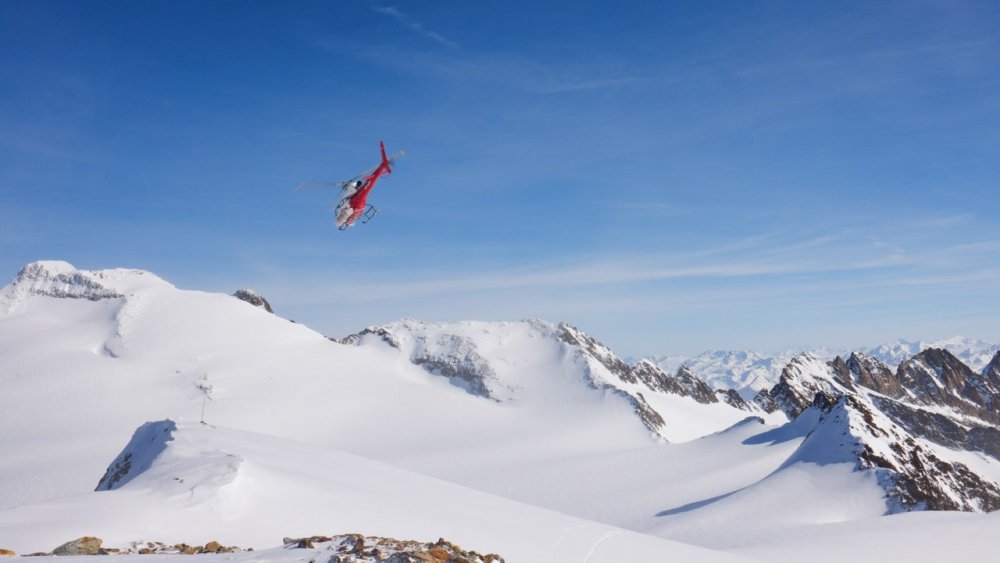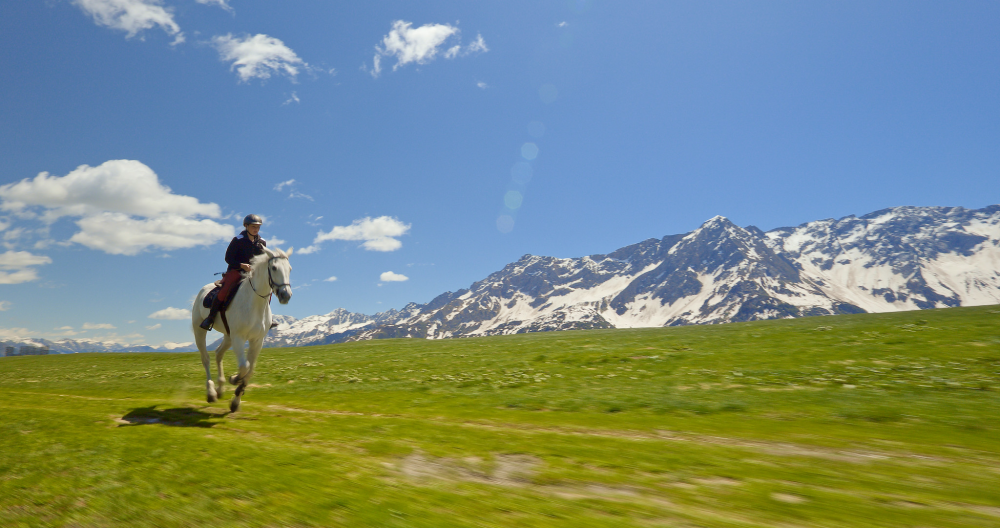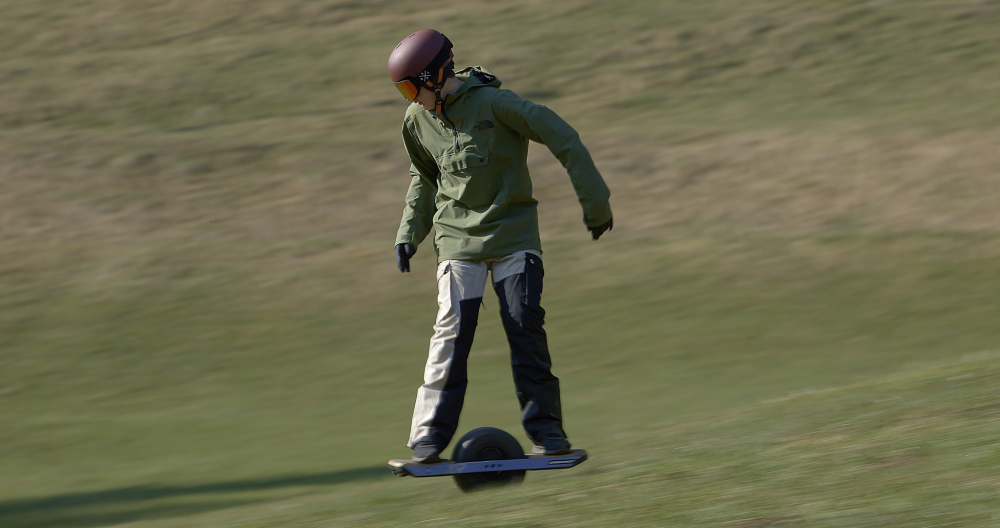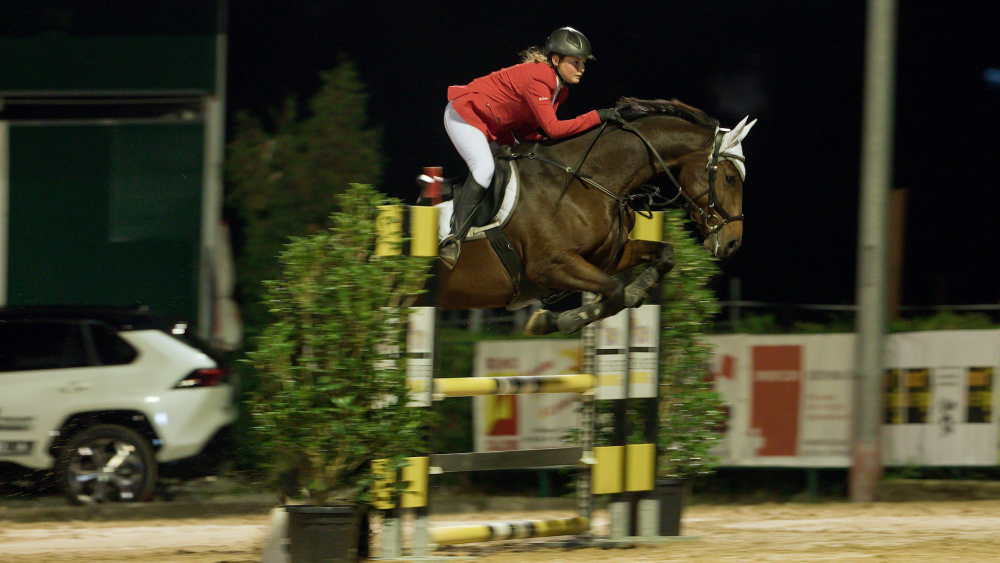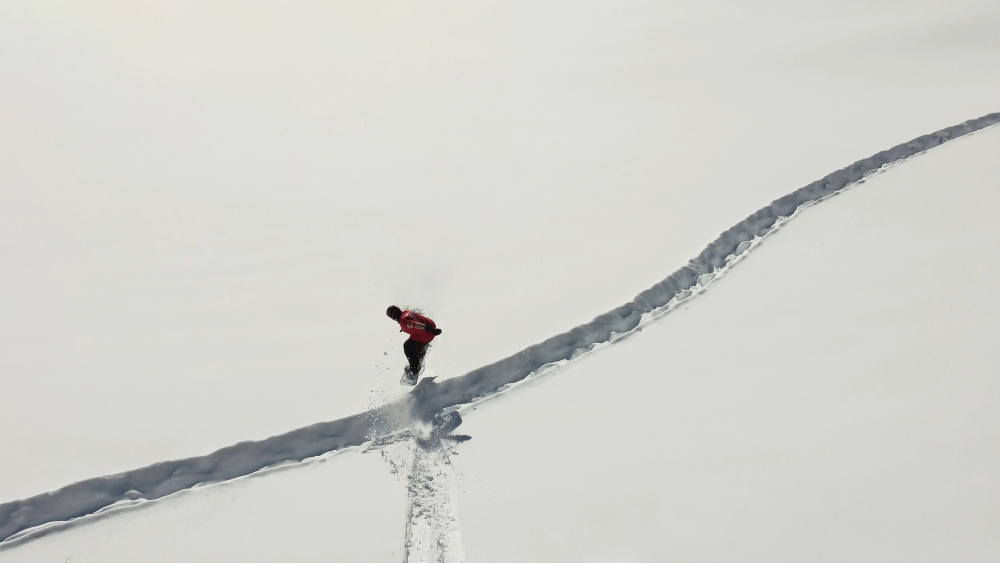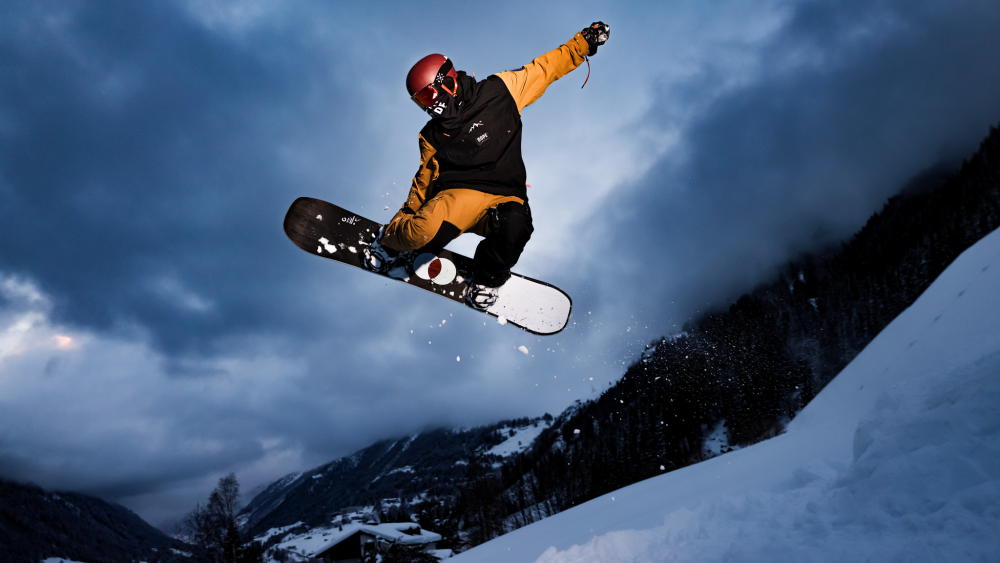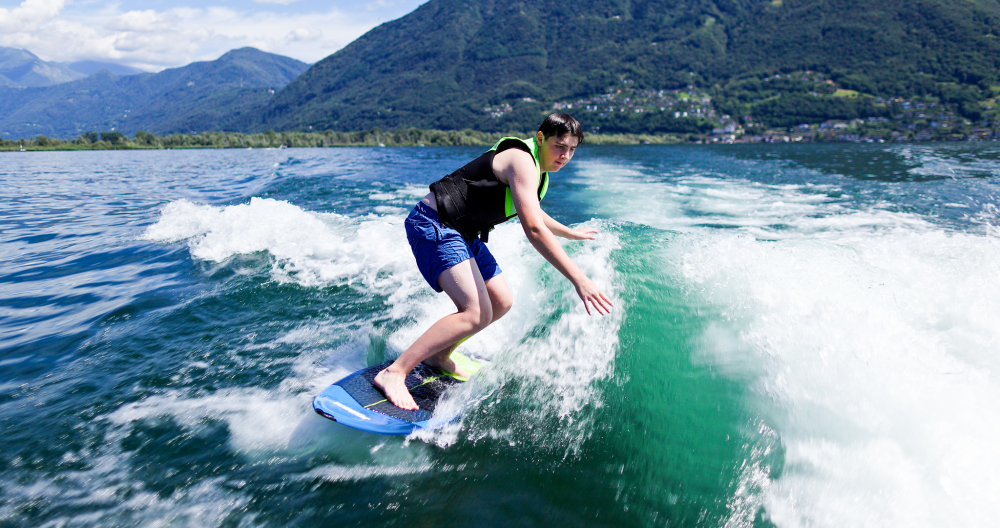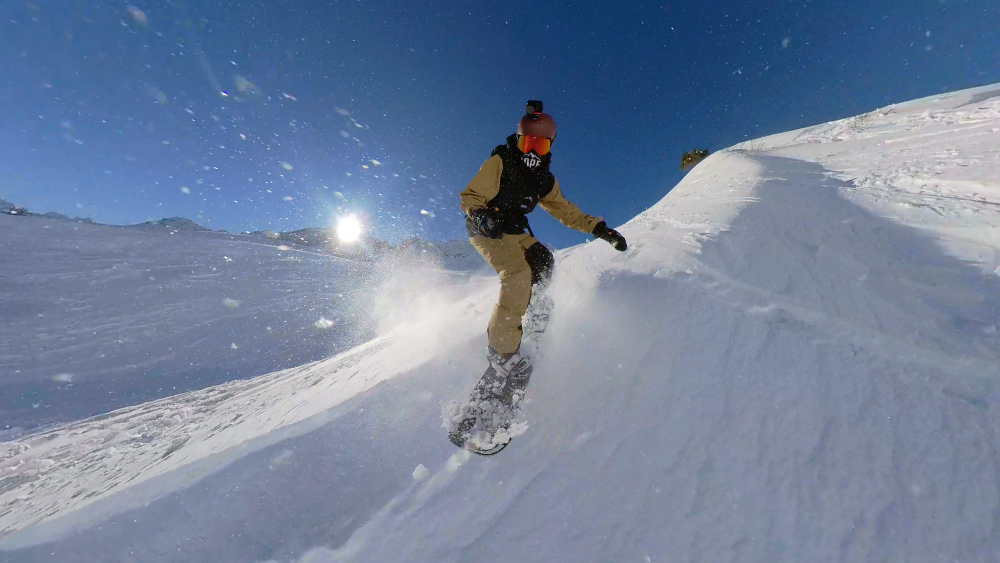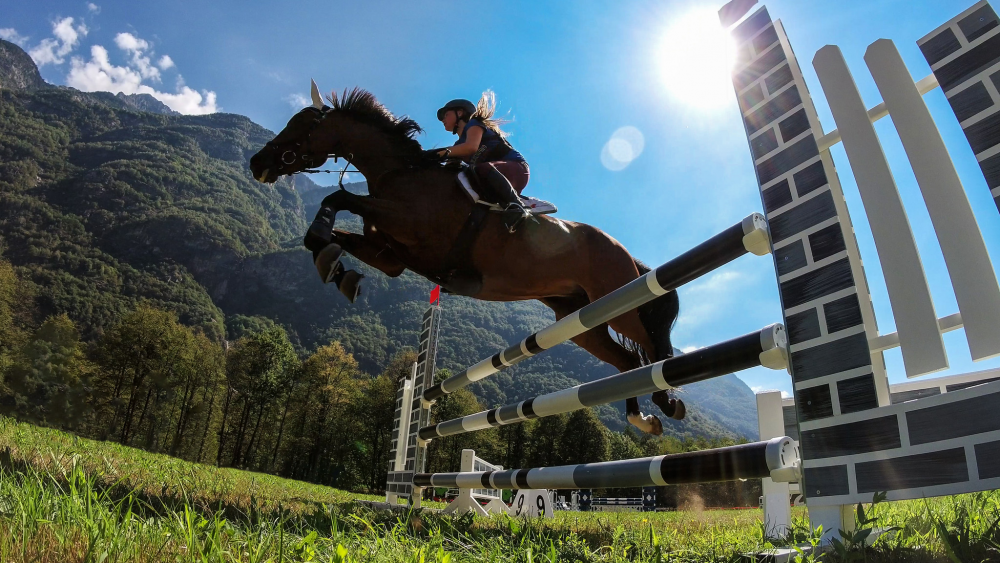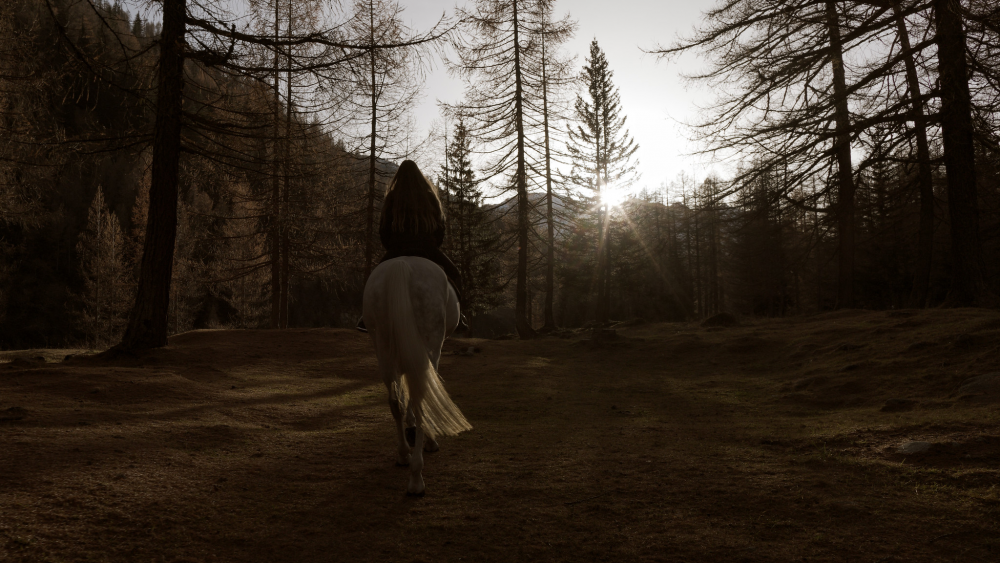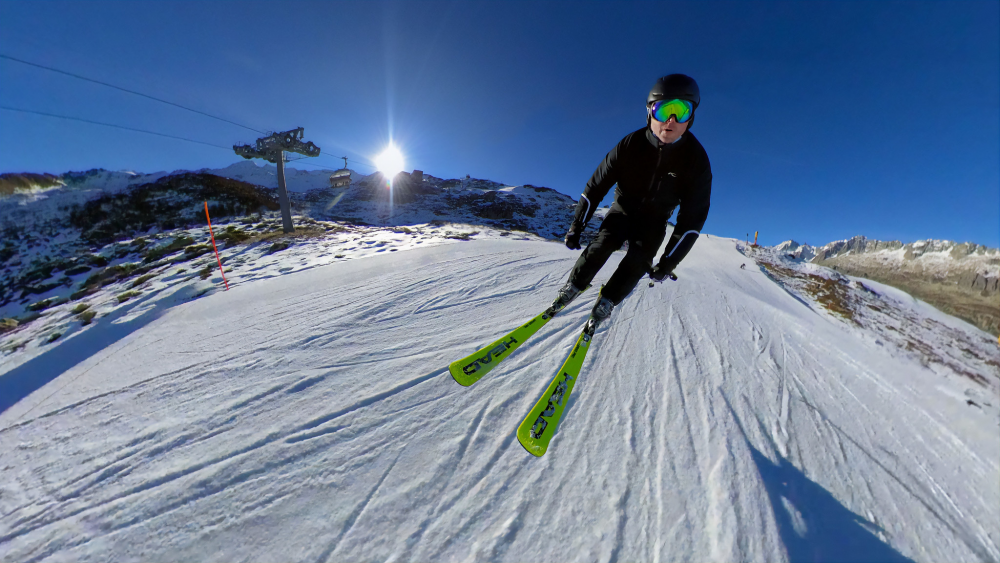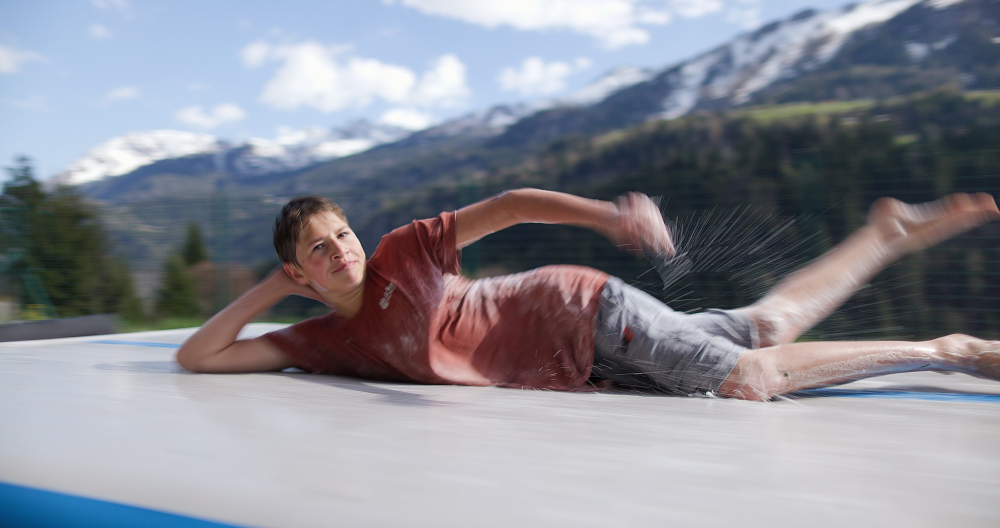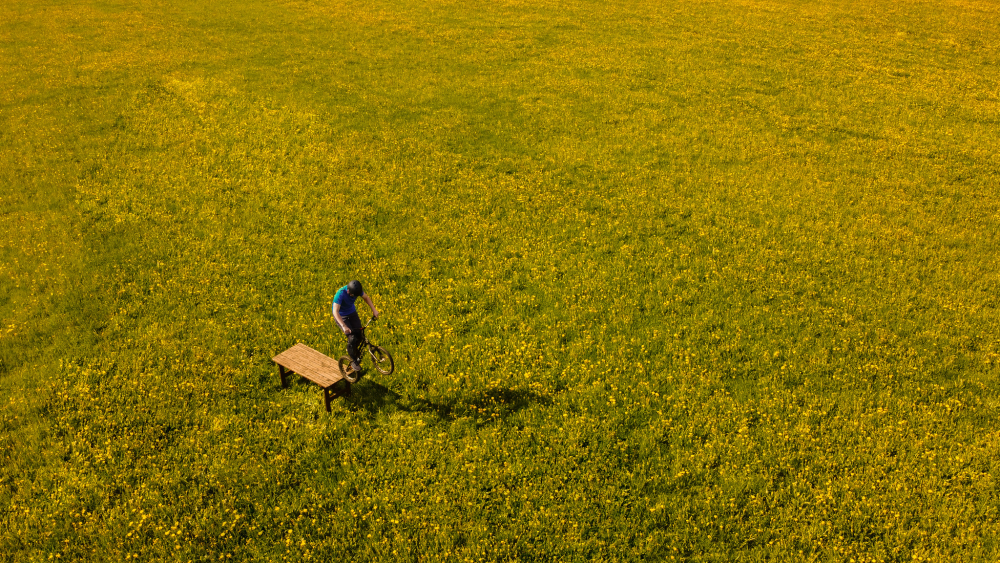
gt3rs
Members-
Posts
1,090 -
Joined
-
Last visited
Content Type
Profiles
Forums
Articles
Everything posted by gt3rs
-
I saw that, pretty cool indeed. This one is also a great technical challenge to fly a cine whoop up there.... the fun part is the turn on the top and downhill...
-
I did reach out to Rode, btw super quick in answering, and they said GO II has no time-out, so it will continue recording as long as it has battery if it lose the connection to the receiver. This solves one of my biggest issue so I did order a set and got it today. I can confirm that it will record continuously even after 1h of loss of contact with the receiver. To note that if you turn off the receiver while the transmitter is connected recording will stop, rightly so. If you turn off the receiver while outside the range obviously the recording continues. Also the range seems improved compared the original GO, I really had to go outside my studio and walk quite a bit to lose connection to the transmitter.
-
Resolve 17.1 now supports hw decoding of h265 4:2:2 10bit. For intel you need an ice lake and tiger lake cpu. For Mac an M1.
-
Just to be clear is one of the best vND filter that I have used and very convenient.... if you use a vari ND that has 0 color cast, shift, x patter..... happy to learn what it is because is not my experience.... Changing from clear to vND and back seems not worth compared to have an additional normal adapter imo ....
-
Just to be clear is one of the best vND filter that I have used and very convenient.... if you use a vari ND that has 0 color cast, shift, x patter..... happy to learn what it is because is not my experience....
-
I use it quite a bit and it is better that my tiffen vari ND for sure ( a lot of people claim the tiffen is good I find it quite bad) and way more practical.... as with all vari ND is not perfect. But I'm far from being an expert in color grading so your mileage may vary. It does not come with a transparent filter and the transparent one is expensive so I have a normal adapter same price as the filter and is also a backup.
-
We did an Heliski video in the central Swiss Alps "Sustenhorn" It is a glacier you start around 3200, and go down to 1600m. We waited almost a month for having good conditions and be there alone.... This one is a good example that I would not have it if taking only photos as it was not planned to do this small jump and did not catch the crevasses there until I saw the video: same this one IBIS+IS helps a lot when you don't have time to put out the tripod..... this if from an insta360 on my helmet while I was filming For these cases I mostly don't take pictures anymore I pull frames, no fear to miss something and 8K RAW or still RAW is not a huge quality difference, I wish it had an open gate mode. I do one run with higher shutter speed and one with lower but for sports like this even higher shutter speed for video imo is not a huge issue as most of the people are so used to gopro and co action footage that are all taken at high shutter speed..... The 1Dx III stayed on the heli as backup..... too bulky...
-
Ohhh wow I would not have accepted at all. Here I’m platinum CPS (here is based on your equipment and is free) I had one issue many years ago with a 1D III and they gave me a loan replacement in 1 day and I had an issue with a lens 5 months ago and the turnaround was 2 days. My 1Dx III is exactly 1 year old this week and it had served me well but since October I have also a R5 and I pick the R5 much more often that the 1Dx III. The only advantage of the 1Dx III over the R5 in my experience are: -Much faster AF acquisition for photos from full defocusing but only when using the mirror. So for some sports that the athlete comes out from hidden place like alpine ski is still an advantage. Tracking I find it better in live view and it seems the same with the R5. -50-60fps especially RAW but this is also my biggest complain why not AF ?!? -Much better construction I carry my 1Dx III with the 200-400 attached only from the grip with one hand a lot…. I don’t trust doing the same with the R5 + adapter… -Battery life but at the end the weight is more so not sure is really a big advantage Advantage of the R5: -45 mpix vs 20 mpix is huge the crop-ability is just so much better. -8K RAW > 5.5 RAW again I can frame even more loose and crop in after. Also I’m pulling a lot of stills and the res is just better. -IBIS! -Swivel screen is very handy on gimbal and low angle shoots. With the 1Dx III I had to use quite a bit an external monitor on the Ronin S and is just a pita…. Cable management, battery, weight, etc…. -4k 120 fps is just night and day compared to 1080 120 fps of the 1Dx III (this is just terrible in my opinion) -RF-EF ND adapter -Lightweight -Zebra!!! So far my R5 has never overheated or even warned but I do a lot of small takes. Last week I did capture 1.8 TB of 8K RAW in 3h but here is cold at the moment. My R5 for video is basically setup in two custom modes: 8K RAW and 4K 120fps CLog….. I rarely use any other video mode. My biggest complain for the R5 so far is the micro hdmi and 4k 120 is conformed to 25 or 30p with no audio, I wish you could do the same as the A3SIII to record at 120 with audio so you can slow it down or not in post. Of course you can conform it back to 120fps but you don’t have the audio…. 4k 120 fps screen grab: I edit 8k RAW without transcoding or proxy or optimize media in Resolve on a gaming notebook normally on a 4k DCI timeline with no issues, I switch to 8K timeline to render out stills that I want. Same notebook struggles with the h265 as discussed multiple times, for the 4k 120 parts I generate optimize media as is too painful without. Bottom-line for most of my work R5 is the A camera and 1Dx III is the B (or remote cam). 8K RAW frame grab cropped a bit, heavily processed for the blue sky...
-
Yep, I just did a small drone part for a heliski video and yes you are there in the cold everybody waiting for your signal and you are unfolding the drone, connecting the phone to the RC, opening the app, loading, connecting, compass calibration, compass calibration and one more time compass calibration 🙂 then check all the I agree checkboxes because is high altitude, cold, to much snow, RTH altitude, etc and finally you can start and by that time your talents are frozen and your fingers too. All this assuming you did 3h of firmware updates for the RC, drone, every single battery and maybe even for the case 🙂 the day before.
-
I don't think these devices have BT so I bet you would need to plug them in to USB/Lighting etc.. Also now all the devices need an app and is really time consuming when in a rush... find the app, open the app, connect to the device, press a button, close the app as you need another one for the gimbal, camera, tripod 🙂 etc.. Why not a simple double press of the transmitter button to start and stop and call it a day?
-
I'm still puzzled that they did not offer the possibility to start and stop on the transmitter so you could even use the transmitter as standalone recorder. Also they should give the possibility to remove this stupid 15 min timeout. Regarding bugs welcome to the new world of end user beta testing.....
-
Seems cool but with the mass and speed seems also very dangerous compared to some tiny lightweights cinewhoops
-
No 32bit float although it maybe implemented in the future or maybe not. https://www.rode.com/blog/all/Wireless-GO-II-On-Board-Recording-and-Audio-Export-Modes-Explained 32 bit float export is useless at the moment imo is there just to confuse or marketing
-
In general I prefer the EF lens as the vND adapter is just too good to pass, plus you can buy some good ones "cheap" on the used market. I have the RF 35 1.8 (mostly for is compactness so I can keep it the jacket pocket) and the RF 70-200 2.8 (my EF 70-200 had an accident 😞 and the weight/size of the new one was too hard to pass), If the RF 70-200 F4 would have had a tripod collar would have been maybe even a better choice. I don't do stuff on sound sensitive places yet the RF 35 1.8 I find it a bit disturbing. I have these EFs and to me they seems all quite quiet in term of AF all USM: 16-35 2.8 II 24 1.4 II 50 1.2 24-70 2.8 II 200-400 4
-
The 70-200 2.8 RF is very smooth, silent and fast compared to the RF 35 1.8 so not sure you can generalize.
-
From the spec it seems to record 24bit uncompressed and you can export 32 bit float but not sure what is the advantage compared to 24bit ....
-
I find quite noisy to be honest the RF 35 AF motor... also AF is not the fastest in town..... image quality is good and size and price great. I hope that they will cone out with a 24mm version. As a compact travel 24mm plus 50mm 1.8 would be great. RF 35 1.8 screen grabs from 8k RAW:
-
I think will upgrade from go to go ii as the two transmitters plus better range and internal recording are very useful to me but: - If I understand well is not recording 32bit float, just exporting in 32bit.... - internal recording starts as soon as you connect to the receiver this is great but if it loses the connection for more than 15min it will stop and turn off, rarely but sometime is an issue for me as I put the go on an athlete that is doing warmup somewhere else.... wish it has a start and stop indipendently from the receiver connectivity. The 15min shutdown is also on the previous go. It should be a setting. Previous go was very reliable but range was not great. The new one should be better and with the bk recording on transmitter is more worry free. Also the windshield lock in the old one was a joke the new one seems better
-
On Ronin S is a separate setting. I can still do the double trigger to get gimbal center again.
-
On Ronin S you can disable selfie mode etc... I did it to avoid these mistakes not sure if it can be done on weebill s...
-
I use only with the screen flipped out, it is the whole point of have having a screen that flips out that helps on gimbal tremendously. Before I was using an external monitor as anything not eye level would be a pain. You should balance the camera with already the screen flipped out. I never hit the screen to the gimbal so far, but a bit of risk is there but only in extreme conditions....
-
This is exactly how I mount for most of my remote camera work. Add a safety lanyard to the camera strap holder, super clamp etc just in case that super clamp get loose for whatever reason. The critical part is when mounting and dismounting as if something fall it can injure. Normally I prepare all in the ground, fix the lanyard first and then mount so that nothing can accidentally fall. You should also check the insurance, here in stadium if you don't have a professional insurance you cannot mount anything anywhere (rightly so). Again in all top league hockey in the world we mount the camera in the goal with a single super clamp, it never happen to me that it did come completely loose.... and yes goaltender hits it, puck hits it, the whole goal is moved out some time..
-
This is really impressive
-
Not sure what kind of revelation is this. Also not sure why the A1 bring something new here, actually on some canon body you get RAW so you have almost zero quality loss in taking still from video, I only wish there would be an open gate mode. The only thing that really change is the shutter speed but there sometime you get cool panned shoot if you are 1/50 vice versa for other scenes you could optimize more for the photo. New gen care less about the shutter speed as with games and gopro/phone video is all very high shutter speed stuff. Advantage of taking still from video is that you have more choice, sometime you capture moments that you would not have anticipated and pressed the shutter button and of course you have the whole video. Disadvantage is the workflow and shutter speed. I use a lot of remote camera, I trigger them with pocketwizard with an additional button mounted on the lens barrel so for hockey net remotes is great you don't want to record 60 min and scroll through to find the righ moment. But for sport that are more predictable like horse showjumping now I start the record maybe 20 sec before it reaches the obstacle and stop 20 sec after so I don't need to worry. In some key phases I have just turn on recoding before it starts. Sill from video at higher shutter speed: Mini 2 Canon R5 Insta360 1 inch Insta360 dual lens At 1/50
-
New intel chips should have quick sync HW h265 10bit 4:2:2 but is such a mess to find the right spec....



